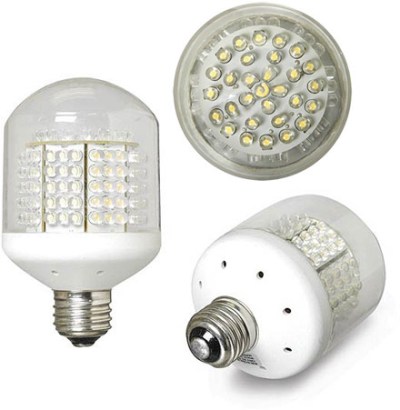Both of those stories show the 'traditional' 5mm LEDs.
From my experience those don't make good home lights.
They tend to be too directional, and in many cases too blue looking.
Lots of bulbs you can find on eBay and such just use clusters of these 5mm LEDs.




I wouldn't buy anything like that except for maybe a porch light where dim bluish light could be OK.
From my experience those don't make good home lights.
They tend to be too directional, and in many cases too blue looking.
Lots of bulbs you can find on eBay and such just use clusters of these 5mm LEDs.


I wouldn't buy anything like that except for maybe a porch light where dim bluish light could be OK.
Last edited:






